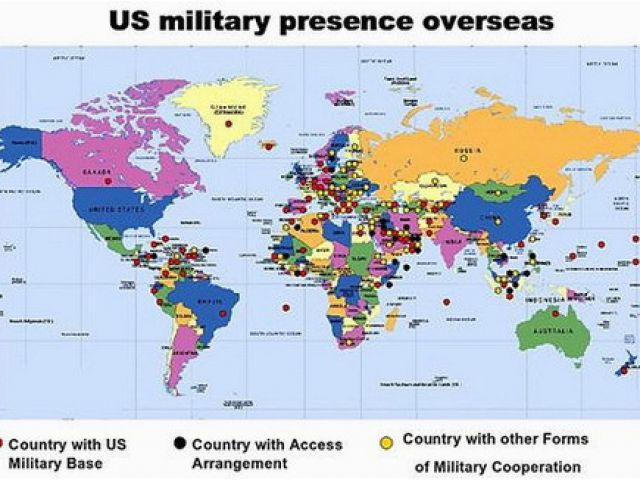Air Force Bases in Europe

Introduction to Air Force Bases in Europe

The presence of air force bases in Europe is a significant aspect of the continent’s military landscape. These bases play a crucial role in maintaining regional security, supporting NATO operations, and facilitating international cooperation. The history of air force bases in Europe dates back to the early 20th century, with the United Kingdom, France, and Germany being among the first countries to establish air forces. Today, there are numerous air force bases in Europe, operated by various countries and international organizations.
History of Air Force Bases in Europe

The development of air force bases in Europe was closely tied to the evolution of military aviation. During World War I, airbases were primarily used for reconnaissance and surveillance missions. As aircraft technology improved, airbases became more sophisticated, with the introduction of fighter planes, bombers, and transport aircraft. The interwar period saw a significant expansion of air force bases in Europe, with countries like the United Kingdom, France, and Germany investing heavily in their air forces. The onset of World War II led to a massive increase in airbase construction, as countries sought to expand their air power capabilities.
Types of Air Force Bases in Europe

There are several types of air force bases in Europe, each with its unique characteristics and functions. These include: * Operational bases: These bases are used for combat operations, training, and maintenance of aircraft. * Logistic bases: These bases provide support services, such as fueling, ammunition storage, and equipment maintenance. * Training bases: These bases are used for pilot training, aircrew training, and other specialized training programs. * Reserve bases: These bases are used to store aircraft and equipment, and to support reserve units.
Major Air Force Bases in Europe

Some of the major air force bases in Europe include: * Ramstein Air Base in Germany: This base is a major hub for US Air Force operations in Europe, and serves as the headquarters for the US Air Forces in Europe. * Lakenheath Royal Air Force Base in the United Kingdom: This base is home to the US Air Force’s 48th Fighter Wing, and is one of the largest airbases in Europe. * Aviano Air Base in Italy: This base is a major hub for US Air Force operations in Southern Europe, and serves as the headquarters for the US Air Force’s 31st Fighter Wing. * Incirlik Air Base in Turkey: This base is a major hub for US Air Force operations in the Middle East, and serves as a key location for logistics and supply operations.
Table of Major Air Force Bases in Europe

| Base Name | Location | Operator |
|---|---|---|
| Ramstein Air Base | Germany | US Air Force |
| Lakenheath Royal Air Force Base | United Kingdom | US Air Force |
| Aviano Air Base | Italy | US Air Force |
| Incirlik Air Base | Turkey | US Air Force |

Importance of Air Force Bases in Europe

Air force bases in Europe play a critical role in maintaining regional security and stability. These bases provide a forward presence for air forces, allowing for rapid response to emerging threats. They also serve as hubs for logistics and supply operations, facilitating the movement of personnel and equipment. Furthermore, air force bases in Europe support international cooperation and coalition building, enabling countries to work together to address common security challenges.
🚀 Note: The presence of air force bases in Europe is not without controversy, with some countries and communities expressing concerns about noise pollution, environmental impact, and the risk of accidents.
Future of Air Force Bases in Europe

The future of air force bases in Europe is likely to be shaped by a range of factors, including changes in global security dynamics, advances in technology, and shifting national priorities. As countries continue to invest in their air forces, there may be a greater emphasis on developing more sustainable and environmentally friendly bases. Additionally, the growth of international cooperation and coalition building may lead to increased collaboration and sharing of air force bases among countries.
In summary, air force bases in Europe are a vital component of the continent’s military landscape, providing a range of critical functions and supporting regional security and stability. As the global security environment continues to evolve, the importance of these bases is likely to endure, with a growing emphasis on cooperation, sustainability, and innovation. The presence of air force bases in Europe is a complex issue, with both benefits and drawbacks, and it is essential to consider these factors when evaluating their role in maintaining regional security and stability. Ultimately, the future of air force bases in Europe will depend on a range of factors, including technological advancements, shifting national priorities, and the ongoing evolution of global security dynamics.
What is the main purpose of air force bases in Europe?

+
The main purpose of air force bases in Europe is to provide a forward presence for air forces, allowing for rapid response to emerging threats, and to support international cooperation and coalition building.
Which countries have the most air force bases in Europe?

+
The countries with the most air force bases in Europe are the United Kingdom, France, Germany, and Italy.
What are the benefits of having air force bases in Europe?

+
The benefits of having air force bases in Europe include enhanced regional security, rapid response to emerging threats, and increased international cooperation and coalition building.



